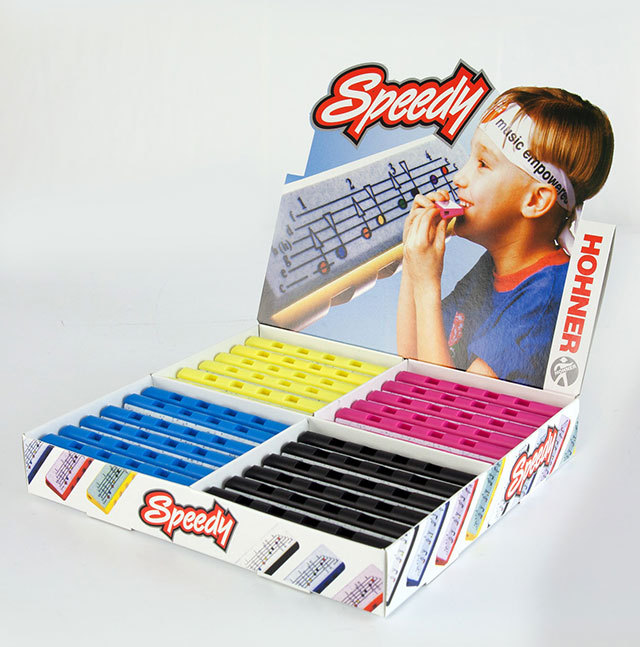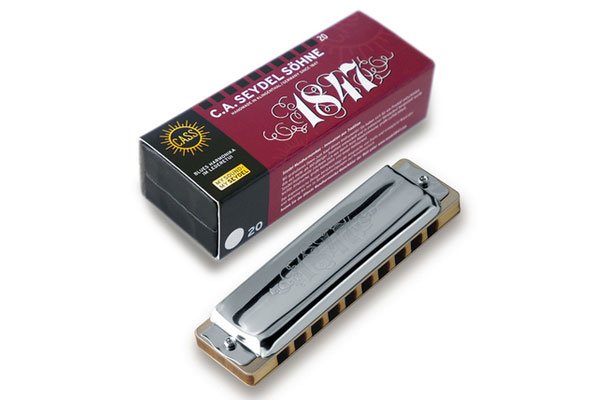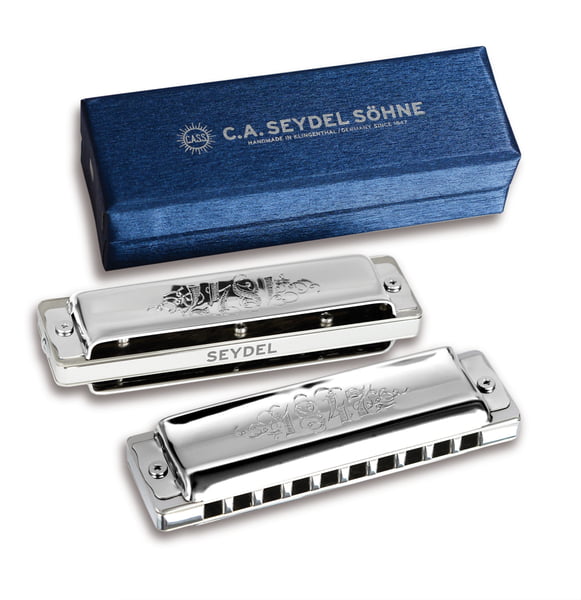What is the Best Harmonica for Children?
The harmonica is an ideal instrument for children to learn the basics of music, whilst still having fun. The learning curve for playing simple melodies is relatively shallow, and, as diatonic harmonicas are tuned to a single key, errors will not generally sound cacophonous! Compare this to some other instruments, such as the recorder or violin, which, when played poorly, can be akin to a form of torture, and it’s clear to see the advantage of letting a child start their musical education with the naturally tuneful blues harp.
There are many harmonicas that are designed specifically for the junior market – some merely from a price or aesthetic point – so it can be difficult to sort the metaphorical wheat from the chaff. Let’s examine some of the main options to help you avoid any pitfalls.
Buy Cheap, Buy Twice?
There’s an old adage when buying musical instruments that suggests that cheaper purchases are a false economy. However, there is also the counter force at play that parents often don’t want to invest serious money in what might be just a whim of their child’s. The good news with harmonicas is that even a professional level diatonic will only set you back £30 to £100; compared with, say a saxophone or piano, this is a remarkably small outlay for a serious instrument.
Of course, there are plenty of models of harmonica below this price that are specifically designed for children. Let’s look at some of these and see if they offer any advantages over standard diatonics.
Hohner Speedy
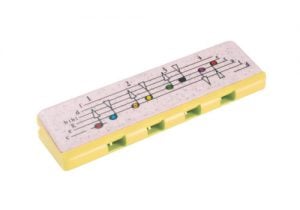
The first thing you’ll notice about Hohner’s Speedy harmonica, other than its bright primary colours, is the fact that it has only four holes, providing just a single octave. Whilst this limits the tonal range, it does make playing simple melodies much easier for small children. It also features larger holes, meaning that mouth position doesn’t need to be as precise as with a standard ten hole harp when trying to achieve single notes. As such, this is our number one choice of harmonica for small children just starting out on the harmonica.
Suzuki Airwave
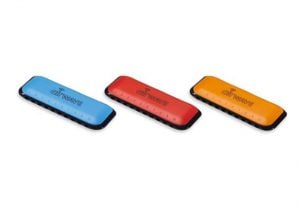
The Suzuki Airwave is not dissimilar to a much larger version of the Speedy, albeit one with the standard ten holes rather than four. It is considerably bigger than a standard diatonic harmonica, but with larger holes and spaces between holes, to facilitate the playing of single notes by beginners. Its dimensions make it unsuitable for very young children with small hands, but for those around 8 years and up it is a great sounding and playing harmonica that replicates the tone and feel of a standard diatonic but with a lower price point and easier initial playing experience. This makes it our recommended harmonica for slightly older children, who have either progressed from the Speedy or who are just starting out with the harmonica.
Hohner Big River MS
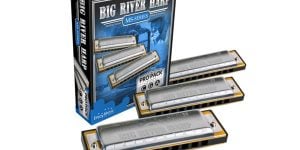
Whilst there are a number of ten hole, standard sized children’s diatonics on the market, many of them are harder to play than a harmonica designed for adults. For tweens and teenagers who wish to play a standard blues harp, we’d recommend skipping both the plastic bodied ten hole harmonicas, and the cheaper, Chinese made harmonicas from brands like Hohner and Suzuki, and go straight to a German or Japanese made instrument. One of the most inexpensive of these is the Hohner Big River, which features a durable ABS comb, replaceable reed plates (making it m0re cost effective than inexpensive harps in the long run) and decent airtightness – something lacking in many Chinese made harps. This latter feature will make more complex techniques, such as bending, far easier than on a cheaper harmonica, which, in turn, will help to ensure that your child or teenager continues to practise!
What Key of Harmonica Should I Buy for a Child?
Most children’s harmonicas are only available in C, but if you are purchasing an adult harmonica, such as the Big River, you will be given a choice of keys. You should always choose C as the starter key for a number of reasons; most online lessons are in the key of C; more songs are written in C than any other key; and C is in the middle of the tonal range of standard tunings, meaning that the player will learn to bend on moderately thick reeds, especially at the bottom end, rather than very thick reeds (too hard) of the lower keys, or the thin reeds of the higher keys (too easy). This will stand them in good stead when they move on to other keys.
Do I Need More Than One Key?
It’s not necessary to purchase more than one key of diatonic harmonica unless your child wishes to play along to songs that aren’t in the key of the harp that they have, or to play with other musicians.

